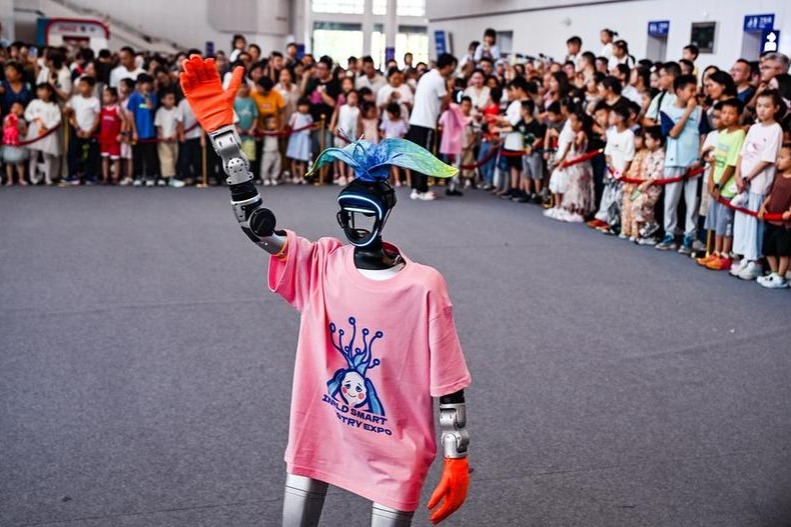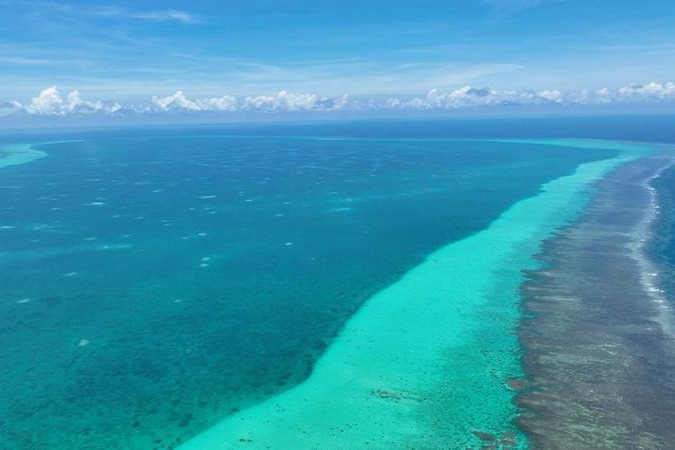Environmental cost of making blue jeans is very high

 |
| Levi's Revel. [Photos provided to China Daily] |
When people in the United States talk about blue jeans, they are most likely to mention Levi Strauss, the German-American businessman whose company made the first pair of blue jeans in San Francisco in 1873. Today, the popularity of Levi's, the top brand for Levi Strauss & Co, is not confined to the US; it is a much sought-after brand in more than 100 countries around the world, including China.
A recent article on blue jeans that is burning up social media in China is not about how fashionable distressed jeans are, but about human lives, as its headline says: "Every Pair of Blue Jeans You Wear is Paid With Lives".
The author describes the onerous working conditions and environmental damage caused by the blue jeans industry in Xintang town in Guangzhou, South China's Guangdong province. The author claims that, "every pair of blue jeans, pricey or cheap, carries sin". Known as the "Blue jeans capital of the world", Xintang has some 3,000 businesses related to the jeans industry. It also meets 40 percent of the market demand in the US.
Careful readers will note that most of the article, especially the photographs, is not new. It gives the same facts that appeared in some articles published a few years ago following a Greenpeace study and a German documentary. In a survey published in 2010, Greenpeace found that at three sampling sites in Xintang, the amounts of lead, copper and cadmium in the riverbed exceeded national limits. The making of blue jeans requires a lot of water and chemicals.
A 2012 German documentary Der Preis der Blue-Jeans (The Price of Blue-Jeans), by Michael Hoft and Christian Jentzsch depicted the poor working conditions, health hazards and severe pollution in Xintang caused by the blue jeans industry, linking them to those cheap jeans that sell for about $10 a pair in stores.
According to the 45-minute documentary, blue jeans are much dirtier than most people might believe. Distressed denim is the result of several chemical-intensive washes, while fabric printing and dyeing involve heavy metals such as cadmium, lead and mercury, which often end up in sewers and water bodies without being adequately treated.
Despite lacking information on the current situation in Xintang, the article went viral on Chinese social media.
Some news reports, however, say the local Xintang government has been trying to address the problem, by cleaning up waterways, relocating factories to several industrial zones where wastewater treatment is mandatory, and setting up a monitoring system.
Xintang is like many industrial towns in China that were heavily polluted because of their export-oriented industrialization, but in recent years they have paid great attention to environmental standards after the central government's prioritized sustainable growth and more and more people became aware of the health hazards of severe pollution.
Interestingly, some of the blue jeans produced in Xintang used to be made in El Paso, Texas, in the 1970s and 1980s, when thousands of workers were making Levi's, Lee, Guess and Gap jeans, according to a story on Atlas Obscura.
US President Donald Trump has again threatened to impose punitive tariffs on Chinese exports, mostly for political and economic reasons. But it seems to me that the Chinese government should impose environmental tariffs on all exports to the US to compensate the Chinese people who bear the environmental costs of providing cheaper goods to US citizens.
The author is deputy editor of China Daily USA.
chenweihua@chinadailyusa.com


































